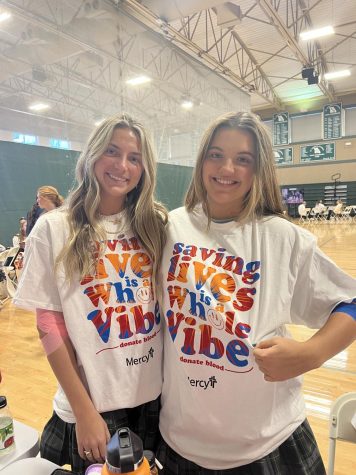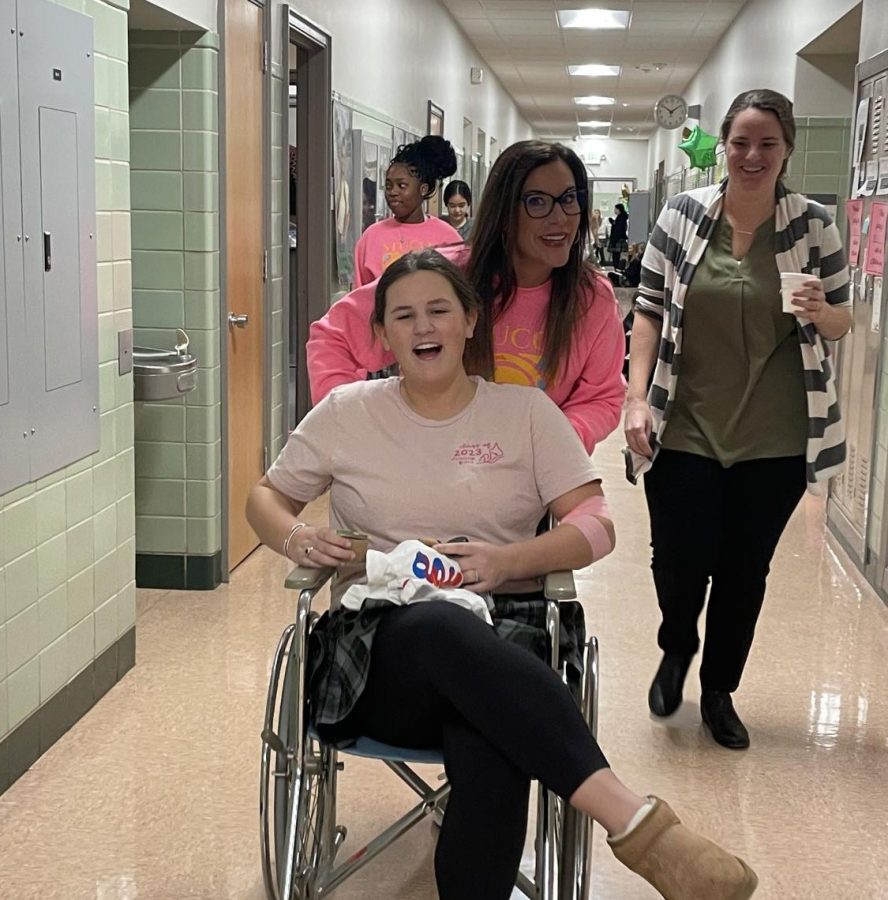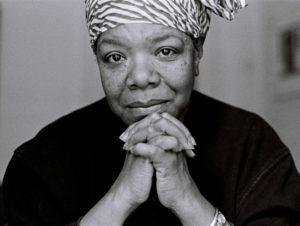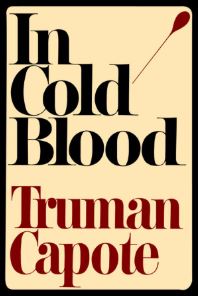St. Joe Makes Saving Lives a Vibe
“Next year, we’re going to do a better promotion of how to prepare physically and mentally for donating. But overall, we had a great turnout and per capita we were able to beat CBC, which was always my ultimate goal,” Mrs. Bisch said
March 2, 2023
In February 2023, St. Joe competed with Christian Brothers College High (CBC) in dueling blood drives with the Red Cross. In total there were 90 people, both students and adults, who attempted to give blood and there were 58 donated pints. Per capita, St. Joe beat CBC in donations.
When it comes to donating blood, many see it as simply something to check a box of being charitable. You get poked, get a Band-Aid and a lollipop, and then never think twice about it again. While it may only take a matter of minutes out of your day, blood donations have the ability to give someone else days they wouldn’t otherwise have.
Senior Rainey Fikes was very happy to participate in the blood drive because of the potential that her donation could positively impact someone else’s life.
“Being a part of something that would end up being so beneficial to another person made me feel gratified. Although I was nervous to donate blood, it ended up being a very fulfilling experience,” Rainey said.
Donated blood is necessary for many life-saving treatments, such as blood transfusions, as well as therapies for genetic blood disorders such as sickle cell disease. According to the American Red Cross, having diversity of blood type donations is critical to having adequate supplies in hospitals for these treatments. While there are the standard blood types, A, B, AB and O, there are also types that are extremely rare and difficult to match with donations. The best solution to this is for as many people who can donate to do so.
While very pleased with the turnout and results of the blood drive, Mrs. Jen Bisch ‘92, Science Dept. Chair and Student Council moderator, is looking forward to planning next year’s event with what was learned this year.
“Next year, we’re going to do a better promotion of how to prepare physically and mentally for donating. But overall, we had a great turnout and per capita we were able to beat CBC, which was always my ultimate goal,” Mrs. Bisch said.
However, Mrs. Bisch is concerned by the high number of donations that were rejected due to the donator having low iron levels.
“There were 20 pints that were denied for anemia reasons, both adults and kids. That tells you something about our society and it’s that many of us are not eating enough iron,” Mrs. Bisch said.
The low-iron levels of potential donors seen at our blood drive can be supported by data found nationwide. In general, according to a study from The Journal of Nutrition, the amount of iron in American diets has been dropping since 1999 and resulted in a 2.2-10.5 percent increase in anemic blood levels.
Iron is essential for the production of hemoglobin in your blood, a protein in red blood cells that gives them the ability to carry oxygen and supply it throughout your entire body. When iron levels are too low and hemoglobin isn’t produced sufficiently, the lack of oxygen in your bloodstream can make you more susceptible to fatigue, shortness of breath, dizziness and even chest pain.
As a coach, science teacher, and health enthutiast, Mrs. Bisch knows the importance of eating well to keep our bodies health and strong.
“We all think that for protein, chicken is the best option, but red meat is actually quite good for you every once in a while because of the iron it supplies to your blood, along with eating more dark leafy greens like brussel sprouts and broccoli,” Mrs. Bisch said.

This lack of iron trend is a strong example of how blood donation can not only help someone else, but is also a great screening system for your own blood. Anemia is only a minor concern compared to the other health problems that can be detected through the Red Cross’ thorough inspection of each donation. Various infections, diseases and genetic disorders that would otherwise be undetectable can be found through blood donation, as well as life-threatening forms of cancer like Leukemia. So not only does blood donation have the potential to save someone else’s life, it can also save your own.
As serious as the matter may be, making blood drives fun and inviting is essential to keeping hospitals and clinics well-supplied in donations. Incentivization like making it a competition between schools proved to be effective at St. Joe. The hopes are high that St. Joe will ride on the coattails of our victory into next year with even more donations. What a great way to “Serve the Dear Neighbor!”














